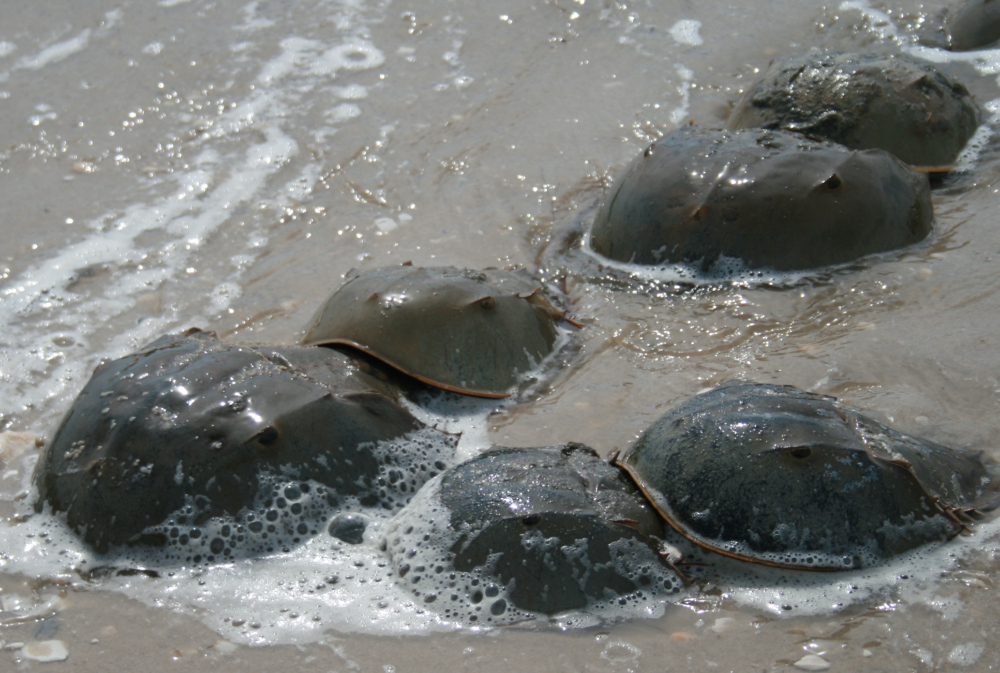April Wildflowers and Spring Bees
Despite the cooler March temperatures, spring is right on schedule, with many of the early spring wildflowers starting to bloom. Insects are also becoming more active. For example, cellophane bees emerged from their underground nests in late March and bumble bee queens also have recently emerged from underground where they spent the winter. These large bumble bees can be seen flying low along the ground in search of a good place to make their underground nests. Watch for them on warm days in April in park woodlands or at the woods edge. If you can’t get a picture of the bee, then send us a photo of where you see them – we'd like to know what habitats they might be using in NYC!

Common eastern bumble bee (Bombus impatiens)/wiki images







